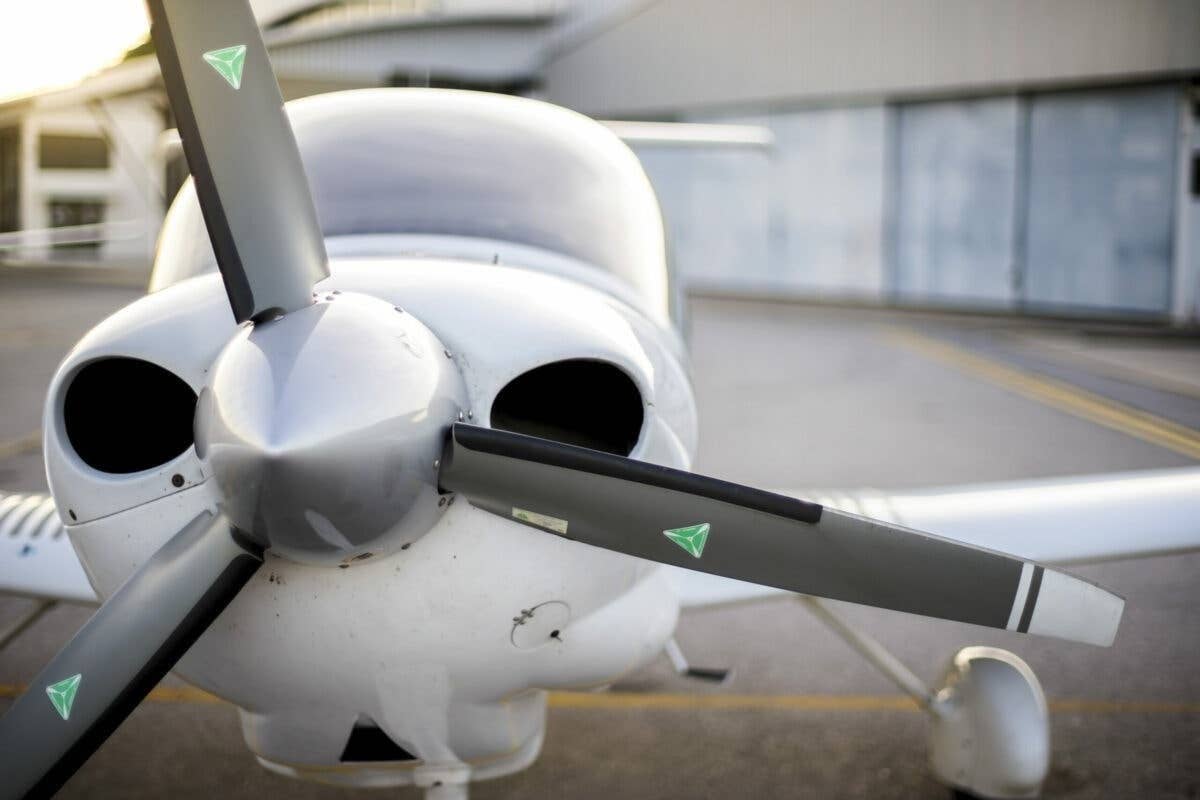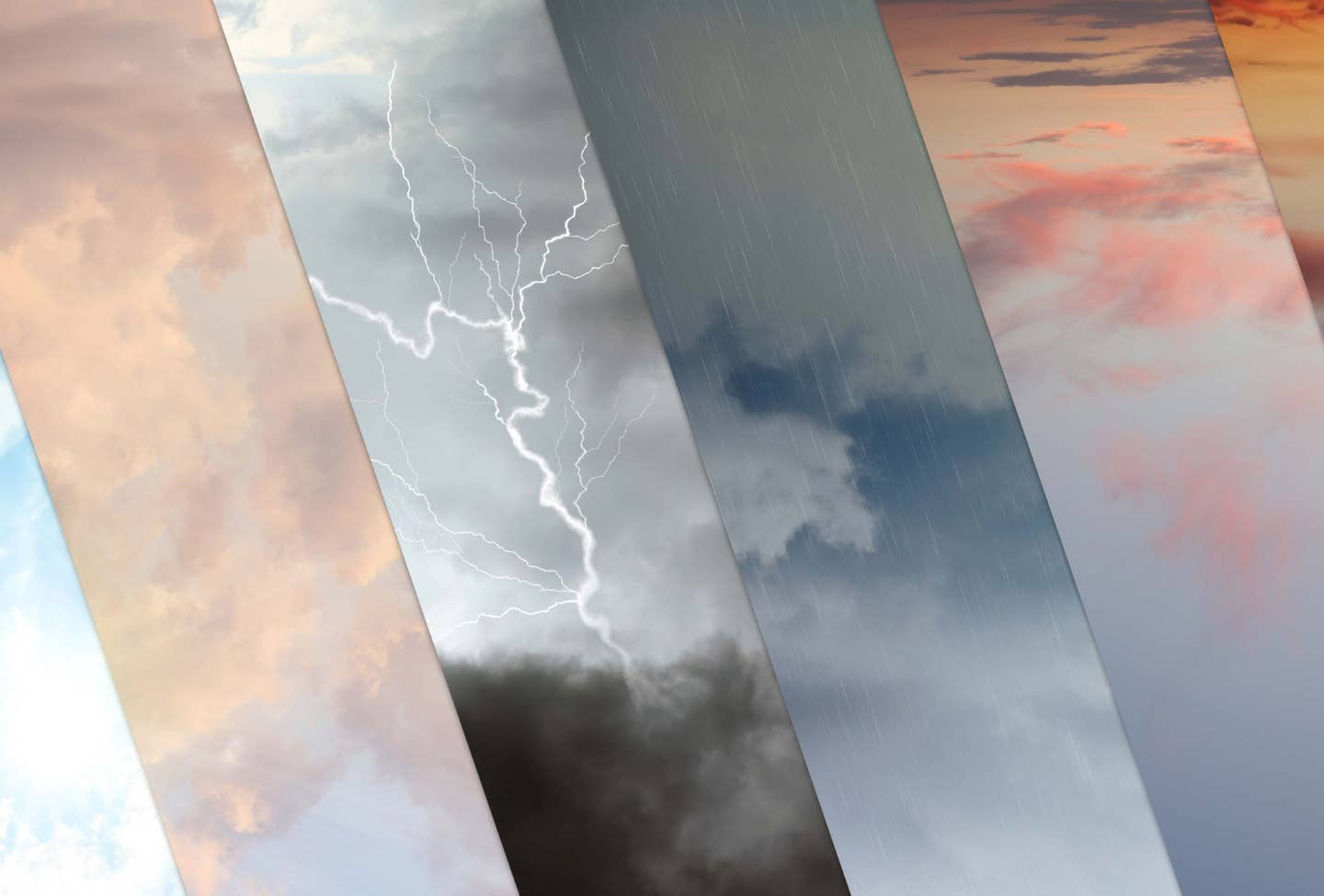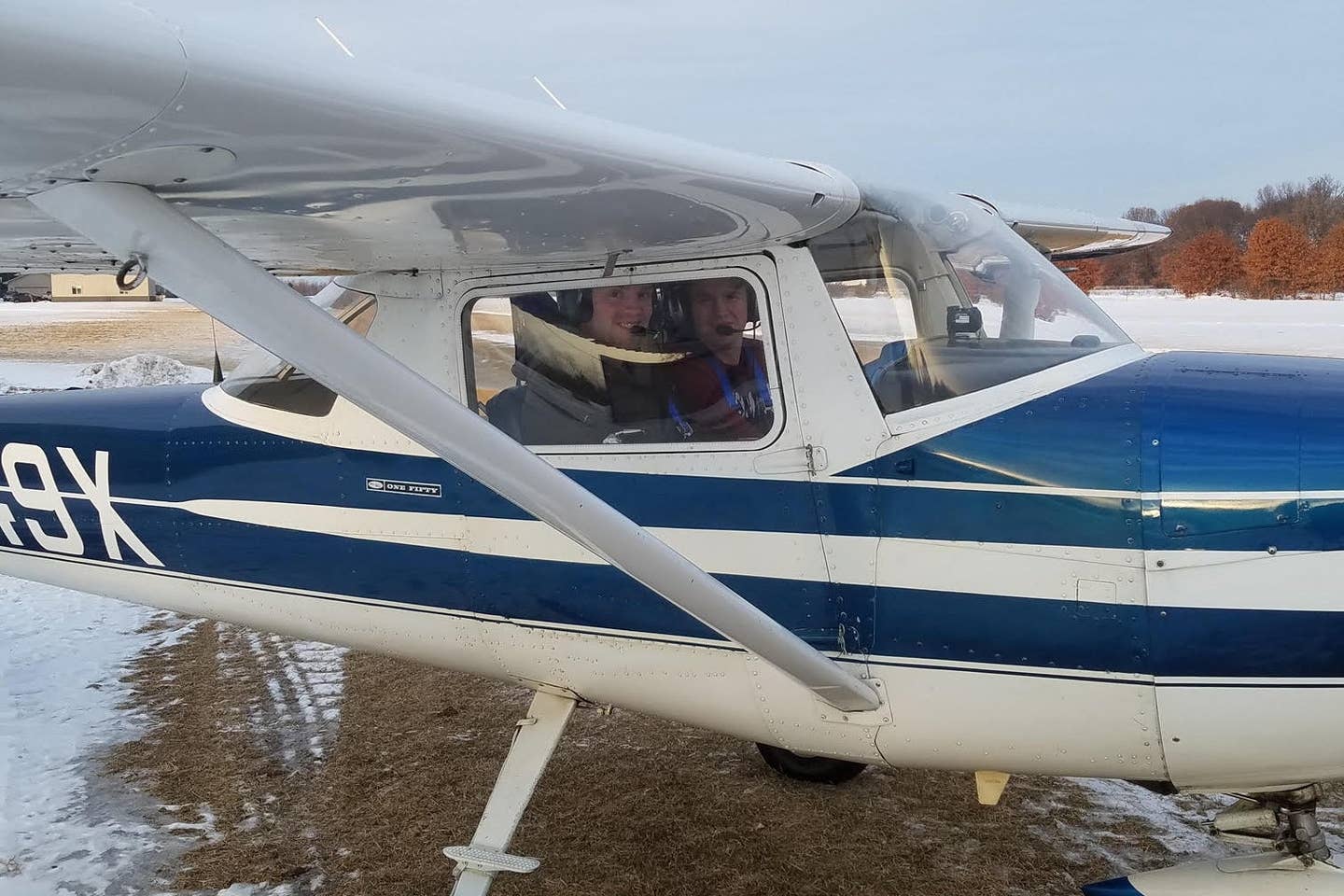
1946 Piper J-3 Cub N91949
It’s not that I was so unlike the typical teenager—counting down the days until I took my driver’s test at 17—but there was no denying I looked forward to an earlier birthday even more eagerly: my 15th, when finally I was allowed to start taking flying lessons.
I first began pestering my parents to let me learn to fly when I was nine years old. Not coincidentally that was also around the time I started reading Flying magazine—where (again, no coincidence) I now work, having recently accepted a position as Senior Editor after many years on the editorial staffs of Aviation International News and Business Jet Traveler, two well-respected business aviation trade magazines.
As a kid I recall some discussion at our kitchen table about starting me out in gliders when I turned 14 (because of the lower age requirement for first solo), but that was mostly just idle talk to occupy the time interval until I’d finally reached the golden age—15 years old, which would put me on a nicely stabilized glidepath to solo at 16, the youngest a student pilot in the United States can legally fly a powered airplane alone.
We scheduled my first lesson a few days after my birthday in August 1987. At the appointed time my dad drove me to the local airport, a 1,900-foot grass strip where Stearmans and an old T-6 ruled the roost. The airport was run by a silver-haired, denim-jeans-and-jacket-clad flight-instructor-slash-aircraft-mechanic-slash-FBO-manager-slash-self-proclaimed-grumpy-old-man who had been teaching people to fly there in a 1946 Piper J-3 Cub almost since that airplane was new.
Within minutes of our arrival, however, I received the disappointing news: it was too windy to fly.
I remember thinking that the conditions didn’t seem too awfully bad—breezy to be sure, and blowing straight across the runway, but not a gale by any stretch.
My would-be instructor, of course, knew better. Without realizing it, I’d received my first flying lesson that day: sometimes the prudent decision is to leave the airplane in the hangar.
We rescheduled three more times—and the weather conspired against me on each occasion. The first attempt at a second try was gray and rainy. Another day the wind was blowing strong enough that I correctly guessed the lesson would be canceled. A third time thunderstorms lurked in the vicinity.
With little else to do but wait (and reread back issues of Flying), I started paying closer attention to the weather—the way my dad, a long-time professional helicopter pilot, always did.
Then, literally and metaphorically, the skies parted. Sept. 30, 1987, was one of those perfect early fall days when the sun shines brightly against the changing foliage, a final, lingering reminder of the summer just ended. As we drove to Trinca Airport in Green Township, New Jersey, I suppose you could say I was “optimistic”—though cautiously so—that I would have my first flying lesson that day.
My instructor, Ernest “Pete” Billow, escorted me to the airplane, N91949, and showed me how to perform the preflight walkaround. Then he gave instructions on how I should climb aboard: right foot goes there, grab that, left foot there, hold onto that and sit yourself in the rear seat. The son of an Army lieutenant colonel, I could take orders reasonably well, I suppose.
“Well, at least he did that right,” Pete said to my dad.
As I buckled my lap belt Pete reached into the cockpit, cracked the throttle and told me to press my heels into the pedals on the floor—the Cub’s brakes. He stepped around to the nose, pulled the propeller through several times to draw fuel into the carburetor, and then came back to the cockpit to switch on the mags and readjust the throttle. Then it was back to the nose, where this time he grabbed hold of the prop and gave it a sharp, quick snap. The engine obediently sputtered to life. My heels automatically dug in deeper as I focused on performing the only job I knew how.
Pete climbed in and started showing me how the controls worked. He told me to hold the stick all the way back and advance the throttle to get us rolling. He explained the need to S taxi because of our inability to see over the Cub’s nose. I did the mag check per Pete’s instructions, made certain the controls were free and correct, and scanned for landing traffic. Convinced there was none, I eased the throttle forward and—with a generous helping of right rudder, the stick still pulled into my stomach, my right arm already tiring from the effort—swung the Cub onto Runway 23.
Pete gave the word and I advanced the throttle full forward. The Cub began gathering momentum, trundling down the turf runway. I performed an awkward quickstep on the rudder pedals to keep us pointed straight—all the time being careful not to let my heels touch the brakes. Slight forward pressure on the stick was all that was needed to lift the tail off the grass. A perfectly positioned hump about a third of the way down the runway hoisted the Cub into the air without any assistance from me. That was it; we were climbing—rising above the cornfields, the world receding, the perspective shifting, the scene below a wondrous panorama.
As we climbed, Pete turned in his seat and raised his hands to show me I was really the one doing the flying. “What do you think?” he shouted over the din of the engine and wind.
I’m not sure what I said—or if I said anything at all. I recall smiling and nodding. I remember Pete smiling and nodding, too. I thought it was about the greatest thing in the world, climbing above the green-orange earth in that Piper Cub as ever more of the gently rolling landscape came into view.
Flying, at last.
That first “familiarization” flight lasted only 30 minutes, but it was long enough to convince me that everything I thought I would think and feel about the experience was absolutely correct—I was hooked.
The next momentous date in my logbook came on Dec. 30, 1988. After 21 lessons and 11 hours and 45 minutes at the controls of N91949, Pete climbed out of the Cub and told me it was time for me to take her around the pattern myself.
What I recall with absolute clarity about the experience are the takeoff and the landing. It was a mild winter’s day, not a breath of wind. Now lighter by 160 pounds or so, the Cub bit into the air and soared skyward with a surprising eagerness. The sudden realization on climbout that I was now very much alone was somewhat worrying, yet the thrill of flying solo outweighed my apprehensions. And anyway, climbing wasn’t what concerned me. Landing was.
And it turned out that my first solo landing was probably the best I ever made in the Cub. What an incredible feeling it was to turn onto final, align with the runway, round out at the perfect height and airspeed, ease the stick back, back, back, and touch down on the soft grass—so slowly, quietly—after that first all-too-short solo trip aloft. I taxied clear of the runway and Pete ambled over, popping open the door and shaking my hand. “Nice job!” he said. “Want to do it again?” I don’t even have to think about it to recall my answer: “Yes, absolutely!”
A few weeks ago while Christmas shopping with my wife in Hope—an idyllic little town in northwest New Jersey founded by Moravian missionaries more than 170 years ago—I spotted something that instantly took me back to that day 22 Decembers ago. On the side of a stone barn next to a small white house hung a framed section of Cub-yellow fabric and the familiar tail number, N91949. We’d stumbled upon Pete’s old house. This was where he’d lived with his wife Mary for many years before he died of cancer at the age of 83. After his passing in July 2005, friends and family held a touching memorial service at Trinca, including a fly over and the spreading of his ashes upon the runway.
I’m always surprised by how few people in aviation have ever heard of Trinca—but I suppose it’s an inevitable corollary of living in a country that has so many wonderful small airports; nobody can know them all.
Anyone who learned to fly at Trinca certainly knew Pete and his Cub well. If you’re one of them—or if you learned to fly at some other special little (or not so little) airport—I’d love to hear your story.

Sign-up for newsletters & special offers!
Get the latest FLYING stories & special offers delivered directly to your inbox


![[PILOT AND SNELLEN CHART PIC]](https://www.flyingmag.com/uploads/2022/11/2022-FlyingMag.com-Native-Advertising-Main-Image--scaled.jpeg?auto=webp&auto=webp&optimize=high&quality=70&width=1440)



